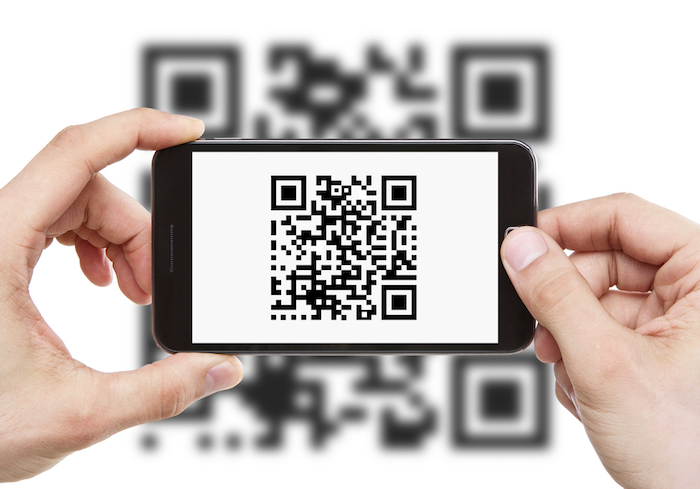
Apple Pay, Samsung Pay, and Android Pay all debuted in Taiwan this spring, but Visa still thinks there’s untapped opportunity in this seemingly saturated market: quick response (QR) codes.
According to a recent Payment Week article, the problem Visa predicts all three mobile payments systems are going to face is endpoint logistics. The Taiwanese people do not necessarily have the right smartphones to run these payment platforms, and the wireless connectivity to make them practicable is lacking.
Visa counts 35 million credit cards in the country issued by 20 different banks, yet notes many card holders haven’t signed up for a single service. This is where Visa sees it’s “in.”
QR codes can be used to deliver mobile payments, and have been tapped to do so in developing countries. The technology allows for a bypass of massive infrastructure projects that would be necessary to support more advanced technologies like tap-to-pay and NFC readers.
Many feature phones can handle QR code operations, and the technology works just fine on slower wireless connections. As Payment Week noted, this move by Visa could go a long way toward democratizing the field. With a timeline of 18 months to implement, though, it could also get lapped by competitors, leaving Visa with little to show for the brilliant insight.